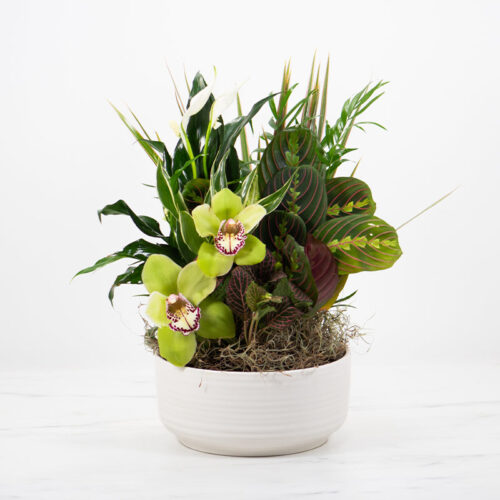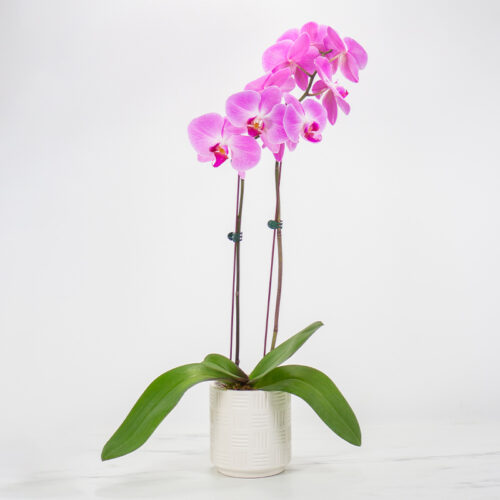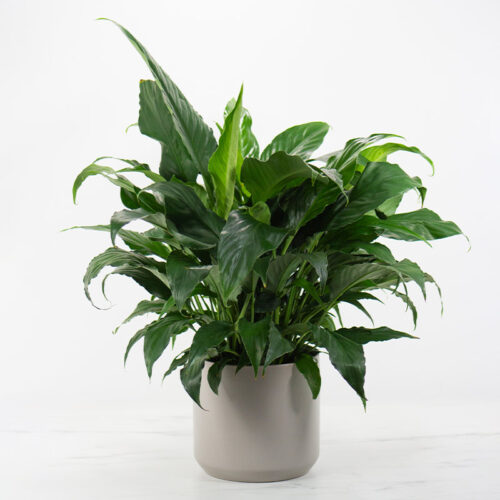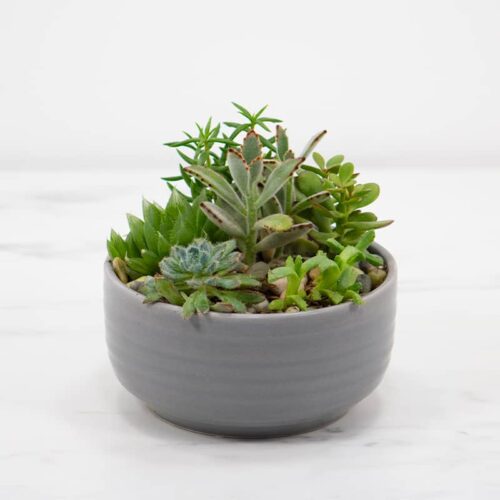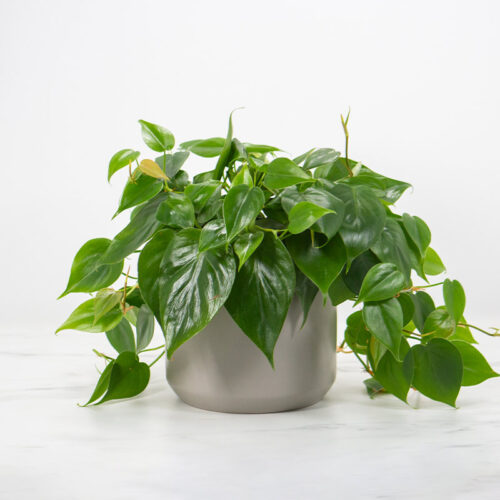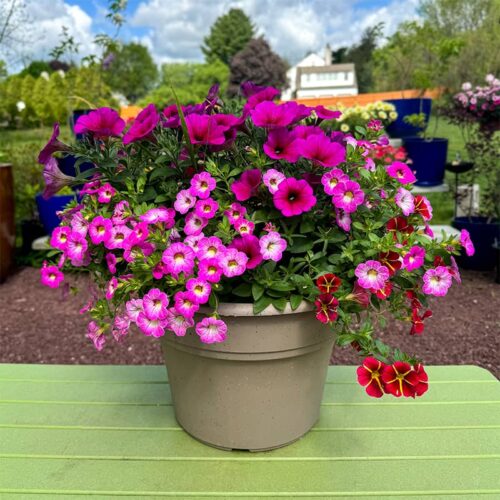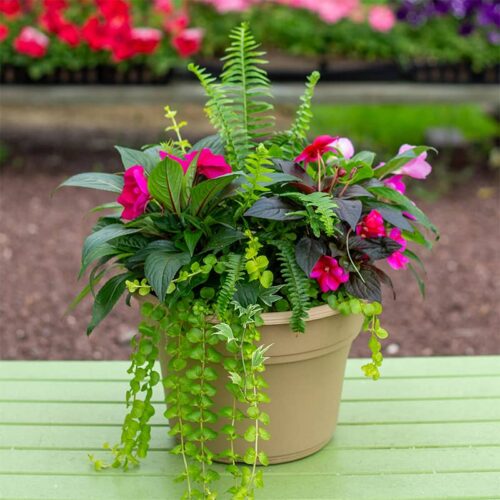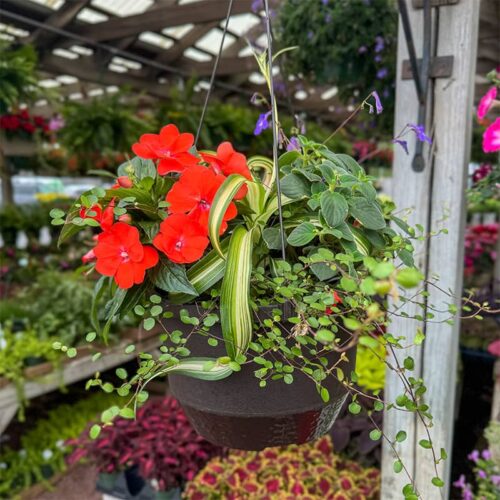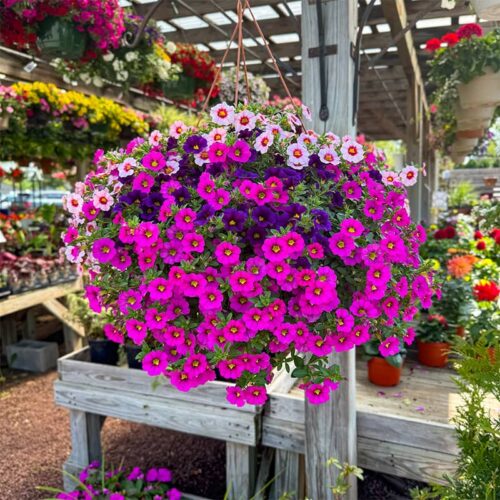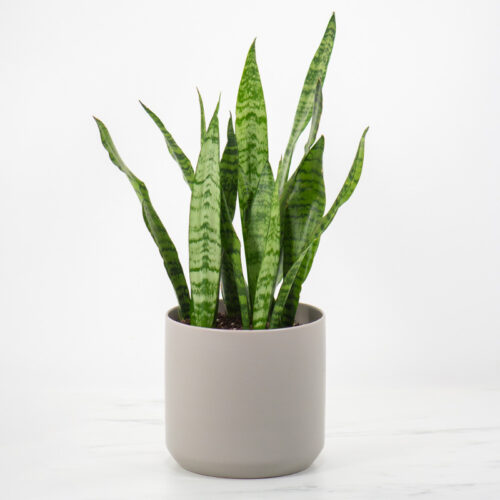Matlack’s Guide to Plant Lighting
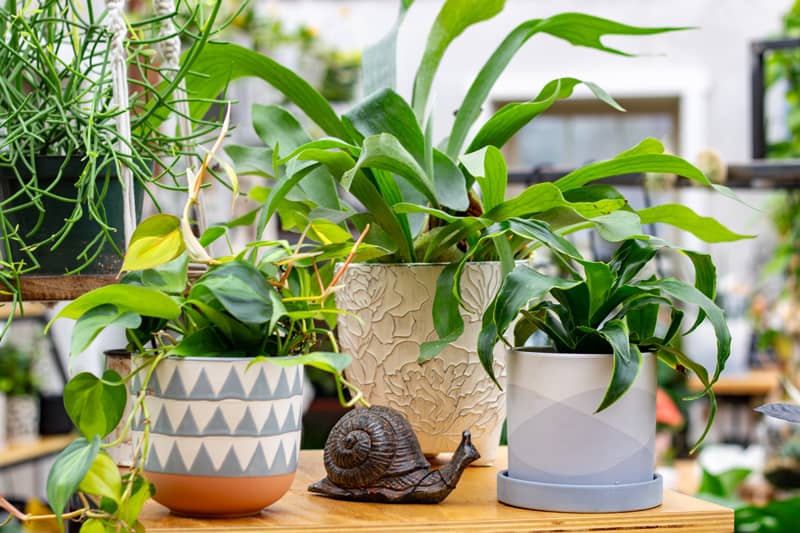
What is the difference between medium and bright indirect light? Does my window facing really matter? And how do I know what to look for when choosing a space for my plant?
Plants often require very specific lighting, and it can sometimes be confusing to know the differences between them and what they actually mean. In this blog, we’ll go over the differences between different lighting types, explain why window facings matter, and what to know when working with plant lighting.
Types of Lighting
There are four main types of lighting instructions you’ll often see when working with houseplants. Knowing the differences and what these types of lighting actually look like will make caring for your plants easier and keep your plants happy and healthy for longer.
Bright Direct
Most indoor houseplants prefer indirect sunlight. The exception to this is succulents, which need bright direct sun to thrive. Pictured is an echeveria in direct sun.
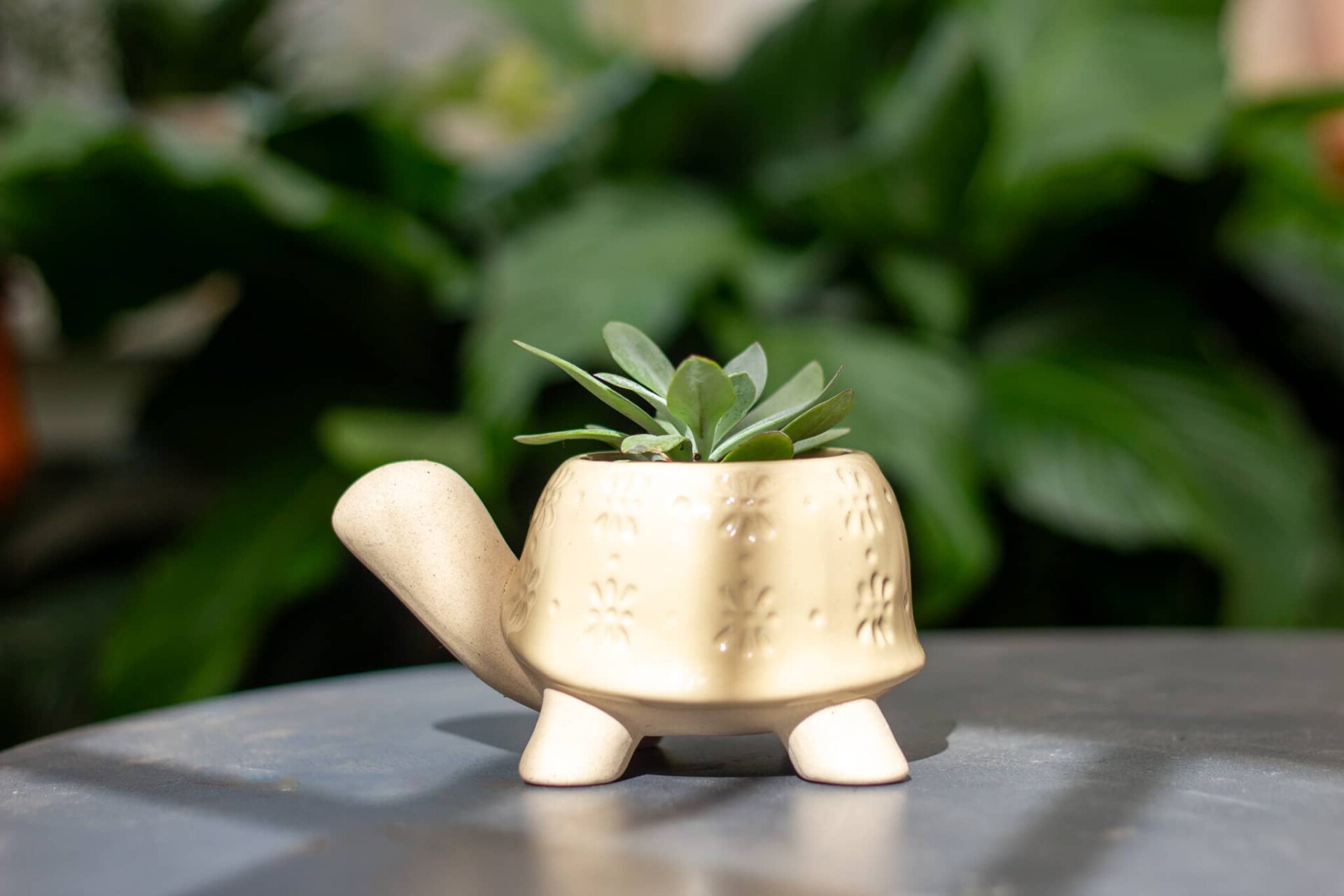
Bright Indirect
Bright indirect light is steady and bright, but does not shine directly into the room all day. A good indicator of a spot with bright indirect light is either right next to a spot that receives constant direct light, or a spot that receives no more than an hour of direct sunlight a day. Most plants that tolerate bright indirect light can also tolerate medium light, and vice versa. Pictured is a croton (note: croton will survive in lower light, but will lose its color). Other plants that do well in bright indirect light are monstera, jade plants, and bird of paradise.
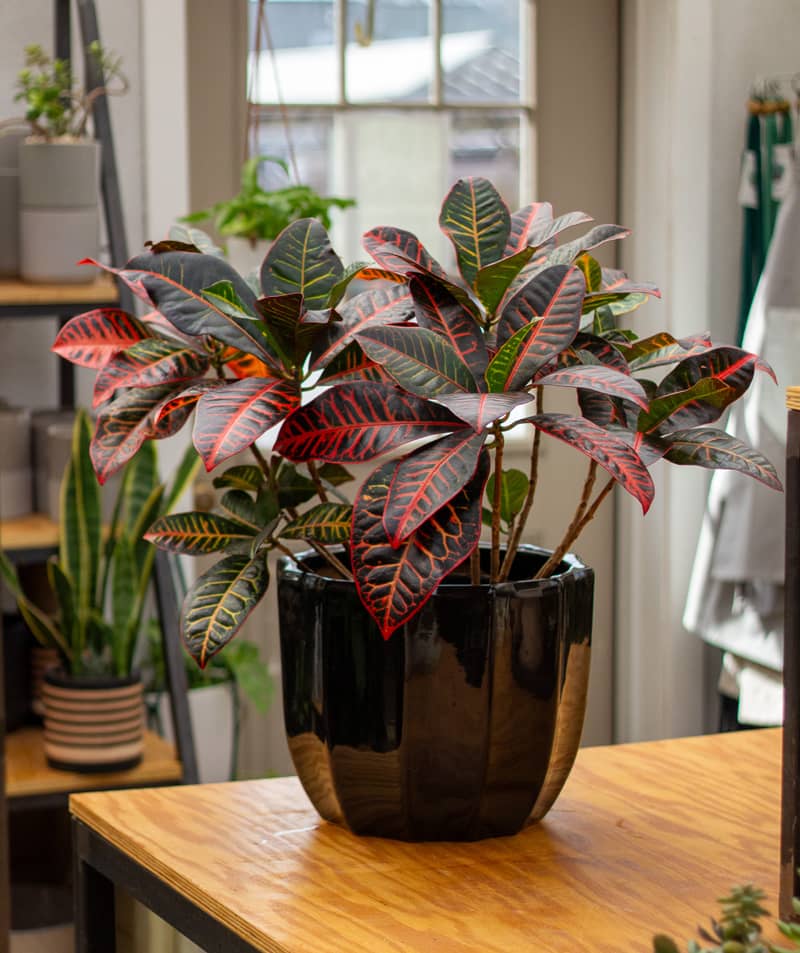
Medium
Medium light is still steady, but even less direct than bright indirect light. In rooms with windows on only one side, medium light is often found in the back half of the room. To find medium light, you can also find a spot that has bright indirect light and place your plant in an area next to that. Most plants that tolerate medium light can also tolerate bright indirect light, and vice versa. Pictured are an anthurium, a prayer plant, and a ‘Pearls and Jade’ pothos (note: plants with white variegation have less chlorophyll and need higher levels of light). Other plants that do well in medium light are chinese evergreen, dieffenbachia, bird’s nest fern, and moth orchid.
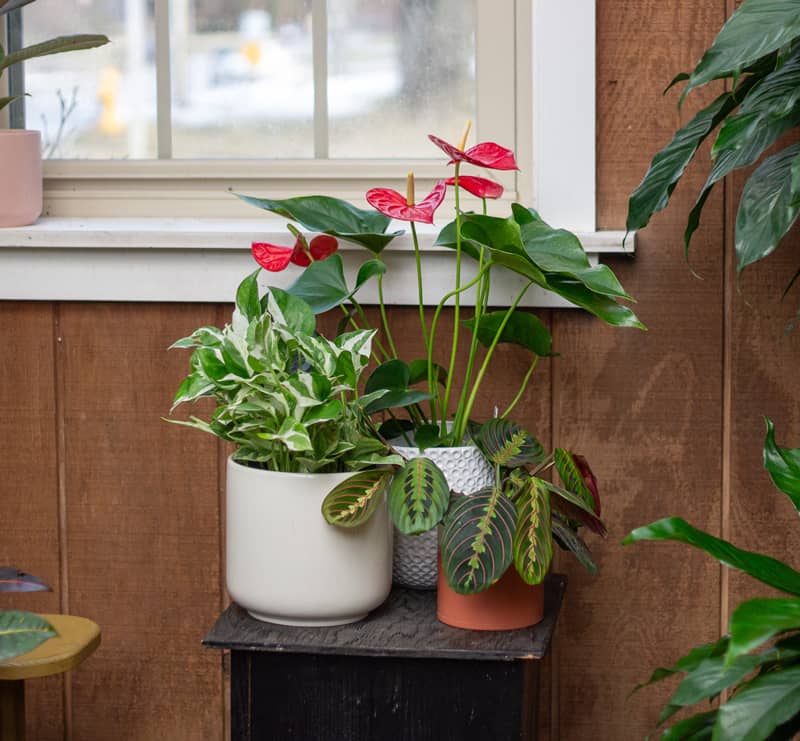
Low
Low light areas are often several feet from windows or in areas that receive minimal natural light. Most plants prefer bright light, but some can tolerate low light, although they may grow more slowly, lose variegation, or won’t flower. Grow lights can also be used to compensate for low light in darker spaces. Pictured are a snake plant and a raven ZZ plant. Other plants that do well in low light are philodendrons and pothos plants (depending on the variety).
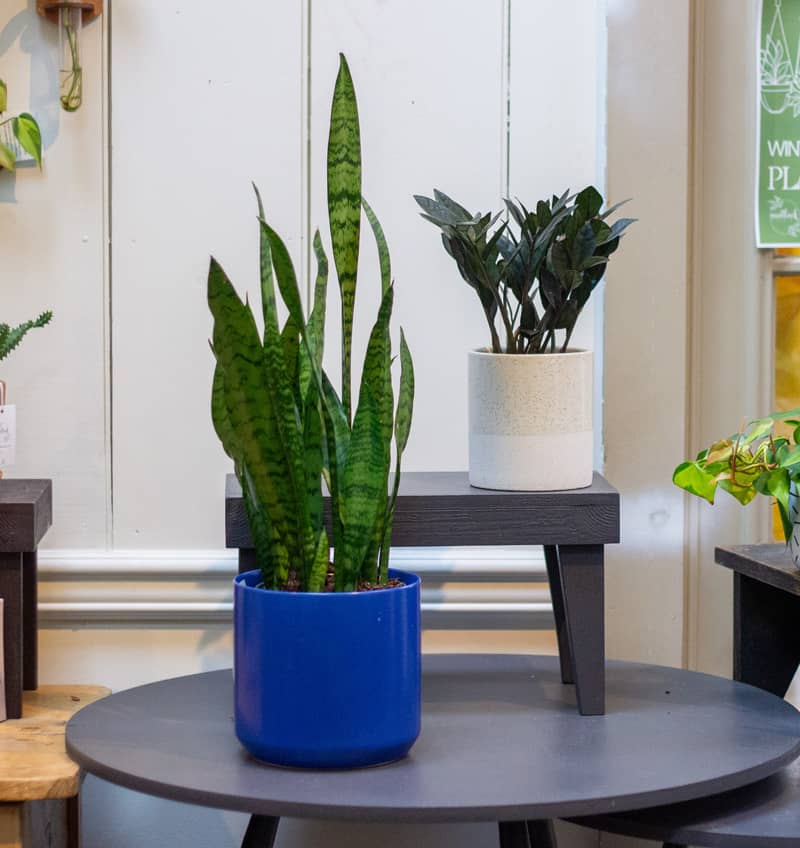
Window Facings
Some plants have suggestions for window facings. Different directions of window facings provide different amounts of light throughout the day. When growing under natural light, choosing a window that receives that appropriate level of lighting for the plant you have will help your plant thrive.
North
North-facing windows typically receive the least amount of lighting. They rarely receive direct sun, and are best for plants that prefer low levels of light.
South
South-facing windows receive bright light for most of the day. These are good for plants that need bright or medium indirect light, as well as succulents that benefit from bright direct light. Be careful to place most plants outside of direct sun, as south-facing windows receive high amounts of direct sunlight.
East
East-facing windows provide soft direct light in the morning which fades to medium and low light in the afternoon. Plants that benefit from bright indirect light or medium light will do well in these areas, and most can tolerate the softer direct sunlight in the morning.
West
West-facing windows receive medium to bright indirect light in the morning that changes to strong direct light in the afternoon. Most plants will not be able to tolerate the strong afternoon light that comes in west facing windows, and should be placed outside the areas that are hit by direct sun.
If you aren’t sure where the best place to put a plant in a room is, watch throughout the day to see where the sunlight falls and where direct sun hits. If you aren’t sure which way a window is facing, most smartphones have built-in compass apps that are an easy way to see what type of light the room will get. Keep in mind that the amount of lighting you’ll get in each room is also dependent on light obstructions such as trees and other homes around you.
Since most houseplants thrive in medium or bright indirect light, they will do well in most rooms with a window. In windowless rooms or rooms with mostly north-facing windows, grow lights are a great way to simulate sunlight while still allowing you to use plants where you want in your décor.
Matlack Plants and Lighting Instructions
Knowing which light source is best for your plants can be confusing. When you buy a plant from Matlack, we make sure to include a care card with the light information you need so that you never have to question what the best location for your plant is. We also include light information on our website so you can choose which plant is best for the environment it will be in before you even click checkout!

